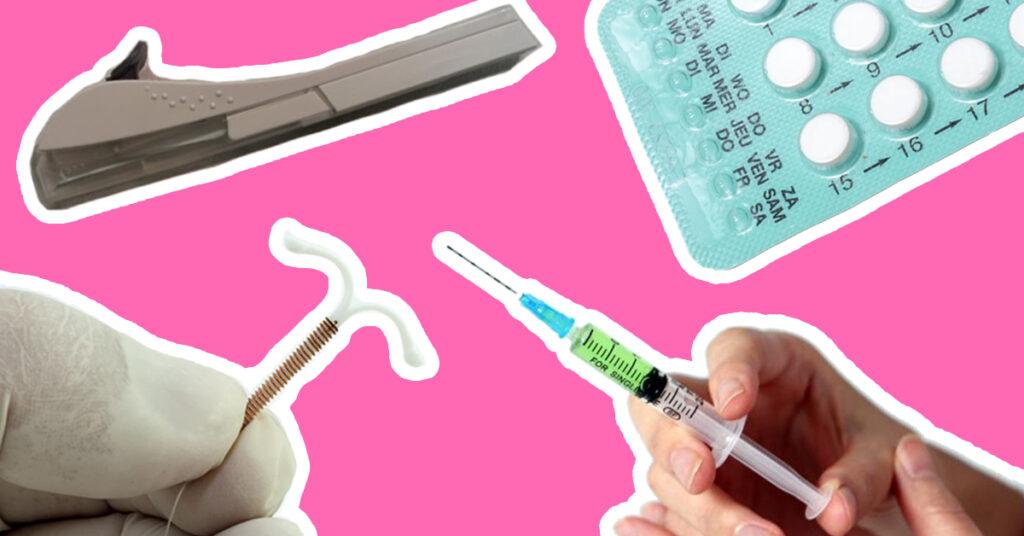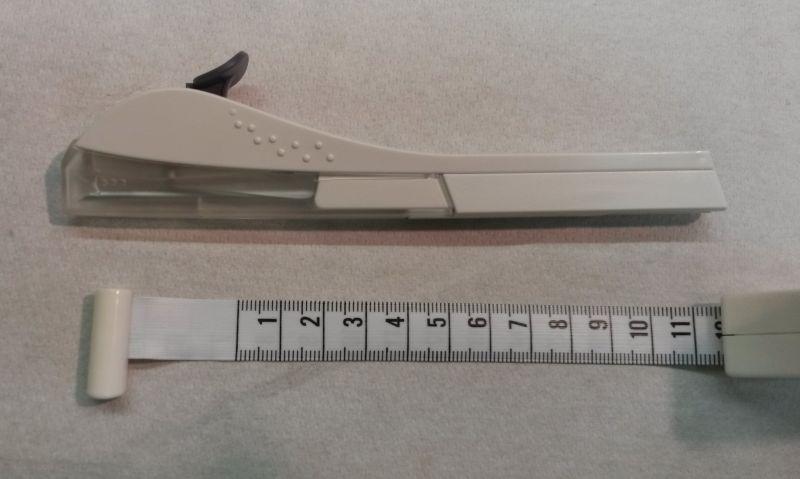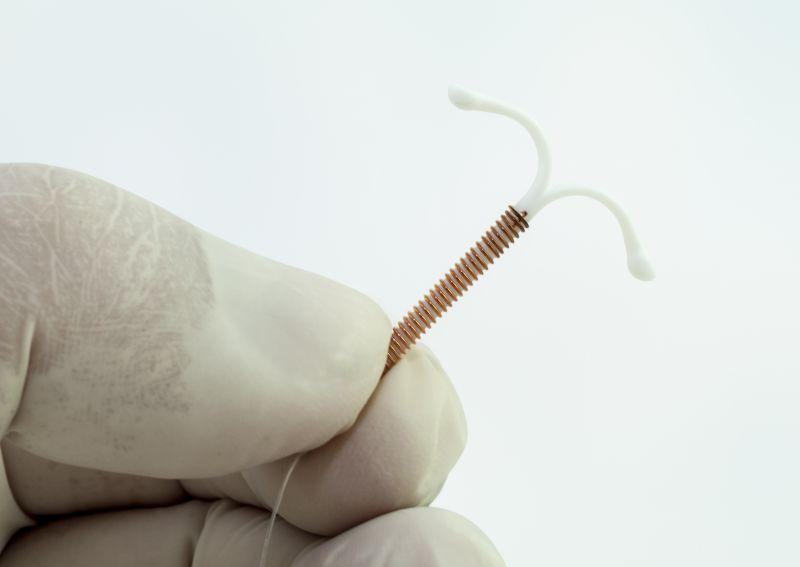
Contraception is a heavy, distrusted word. In its more familiar, bite-sized term we find more comfort, though it is still, at best, a hard pill to swallow: birth control.
Birth control has been increasingly confronted in the Philippines by legislators, doctors, civil and religious groups in recent years. From being largely a medical issue, the topic bloomed into political protests and debates that spanned 14 years. This was the duration of time it took for Congress to eventually polish what will become the first official step toward a more concrete plan on contraception: the 2012 Responsible Parenthood and Reproductive Health Act. Now a law, it serves as the government’s formal commitment to uphold awareness on reproductive rights and provide Filipinos better access to family planning and reproductive healthcare.
Yet, a first step is only the beginning of a journey. Now more than ever, awareness on birth control and on the types of methods available for Filipino women is still much called for. Is there a better alternative to oral pills? How high are failure rates? Are there negative side effects?
Available contraceptive methods in the Philippines
Contrary to popular belief, contraceptive pills are not the only way to go. Other methods such as implants, IUDs, and injectables are available in the country, and are duly approved by the Food and Drug Administration (FDA) as safe for use.
Subdermal Implant

A subdermal implant is classified as a long-acting reversible contraceptive (LARC). As the name implies, LARCs have two major advantages above other contraceptive methods: one, they can last for one to five years, and two, they can be eventually removed without consequences on fertility. It’s a one-step, 99% effective, long-term contraceptive method, perfect for when you do not want to keep worrying if you forgot to take your pills or not.
The implant itself isn’t as daunting as it sounds. Its length and thickness spans that of a regular sewing needle, a tiny rod of either silicone or ethylene vinyl acetate small enough to produce no discomfort when implanted under the skin of your arm. This unassuming rod houses a small but powerful concentration of progestogen that is released slowly over a long period of time. As a result of the increase of progestogen in the body, ovulation is hindered.
Of course, the implants need to be applied by a medical professional. One of its cons, then, is that getting implants (and IUDs, another type of LARC) takes planning and dedication. More seriously, however, users of hormone subdermal implants may experience irregularities in menstruation as a side effect. Almost all birth control methods have this side effect, though, due to the hormones.
IUDs

Intrauterine devices, or IUDs, are LARCs that can last for even a longer amount of time – five to ten years! It is a T-shaped device that’s fitted inside the uterus and prevents fertilization by inducing a local inflammatory reaction. This makes it harder for the sperm to travel along the uterus to reach the egg. Some IUDs also contain copper ions, which can kill sperm cells upon contact. IUDs are very effective: at more than 99% efficacy, they are a reliable contraceptive option.
The main downside? Not the side effects, but the cost. IUDs cost more than Php 10,000, and that’s just for the device itself. Luckily, PhilHealth covers IUD and insertion fees for its members, plus there are certain NGOs like the Likhaan Center for Women’s Health that help people get access to contraceptives, even IUDs. As for the side effects, IUD users may experience cramping and prolonged periods. An IUD also increases the risk for uterus infections. Still, the benefits of IUD outweigh the disadvantages, and an IUD may be the best option for you if you want something for the long term.
Pills

Oral contraceptive pills are the most popular and most accessible contraceptives in the Philippines. These are for women who may have second thoughts on committing to long-term birth control such as implants and IUDs and on having to have minor surgeries. Two kinds of contraceptive pills are available in the market: combination pills and progestin-only pills. Combination pills contain both estrogen and progestin and work to stop ovulation, whereas progestin-only pills thicken the cervical mucus to block the sperm cell from reaching the egg.
Being on the pill, however, may be a tedious responsibility for some. Birth control pills come in 21-day or 28-day packs, meaning pills must be taken religiously for stretches of days. This is especially true for progestin-only pills, which must be taken at the same time every day. At 99.7% efficacy, birth control pills have sufficient protection, but this percentage will significantly decrease if a pill was not taken on schedule. This option is not for the forgetful!
Injectables

Hormones for contraception can also come in the form of injectable suspensions, which have 96-99.5% efficacy and last for 12 weeks. This method is a good alternative for those whom the idea of implants is too intimidating but at the same time the everyday pill is too hassle to maintain.
Injectables have a curious side effect. Apart from the usual side effect of irregular periods, injectables are associated with thinning bone density. But it’s not much cause for concern, since bone density is expected to return to normal once use of the contraceptive is stopped.
With all four contraceptive methods available in the Philippines, it’s important to find what fits best and feels most comfortable before settling on a decision. There’s definitely no one-size-fits-all solution when it comes to birth control; when in doubt, settle for that which makes you feel protected, and talk to a gynecologist for any health-related concerns.—MF
References
- Subdermal contraceptive implants – PubMed (nih.gov)
- Contraception – ScienceDirect
- Birth Control Hormones: The Implant | Michigan Medicine (uofmhealth.org)
- Long-Acting Reversible Contraceptives (LARCs) | Planned Parenthood Columbia Willamette
- https://www.acog.org/clinical/clinical-guidance/practice-bulletin/articles/2017/11/long-acting-reversible-contraception-implants-and-intrauterine-devices
- What Are the Benefits & Advantages of Birth Control Pills? (plannedparenthood.org)
- Which method of contraception suits me? – NHS (www.nhs.uk)
- Intrauterine device (IUD) – NHS (www.nhs.uk)
- Intrauterine Devices (IUDs) (fhi360.org)
- Will PhilHealth pay for an IUD and its insertion? | Department of Health website (doh.gov.ph)
- Contraceptive pills | The Royal Women’s Hospital (thewomens.org.au)









